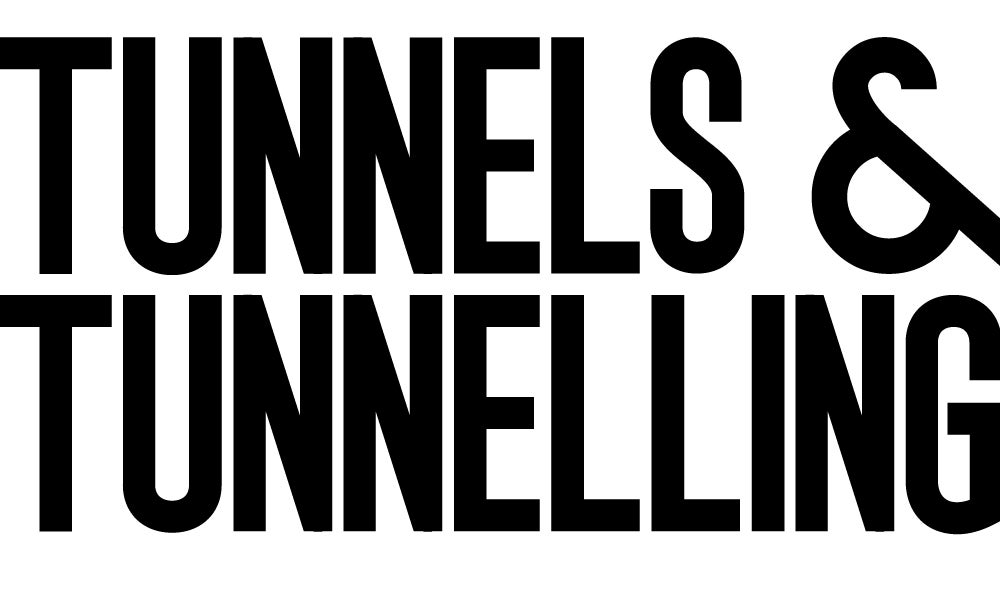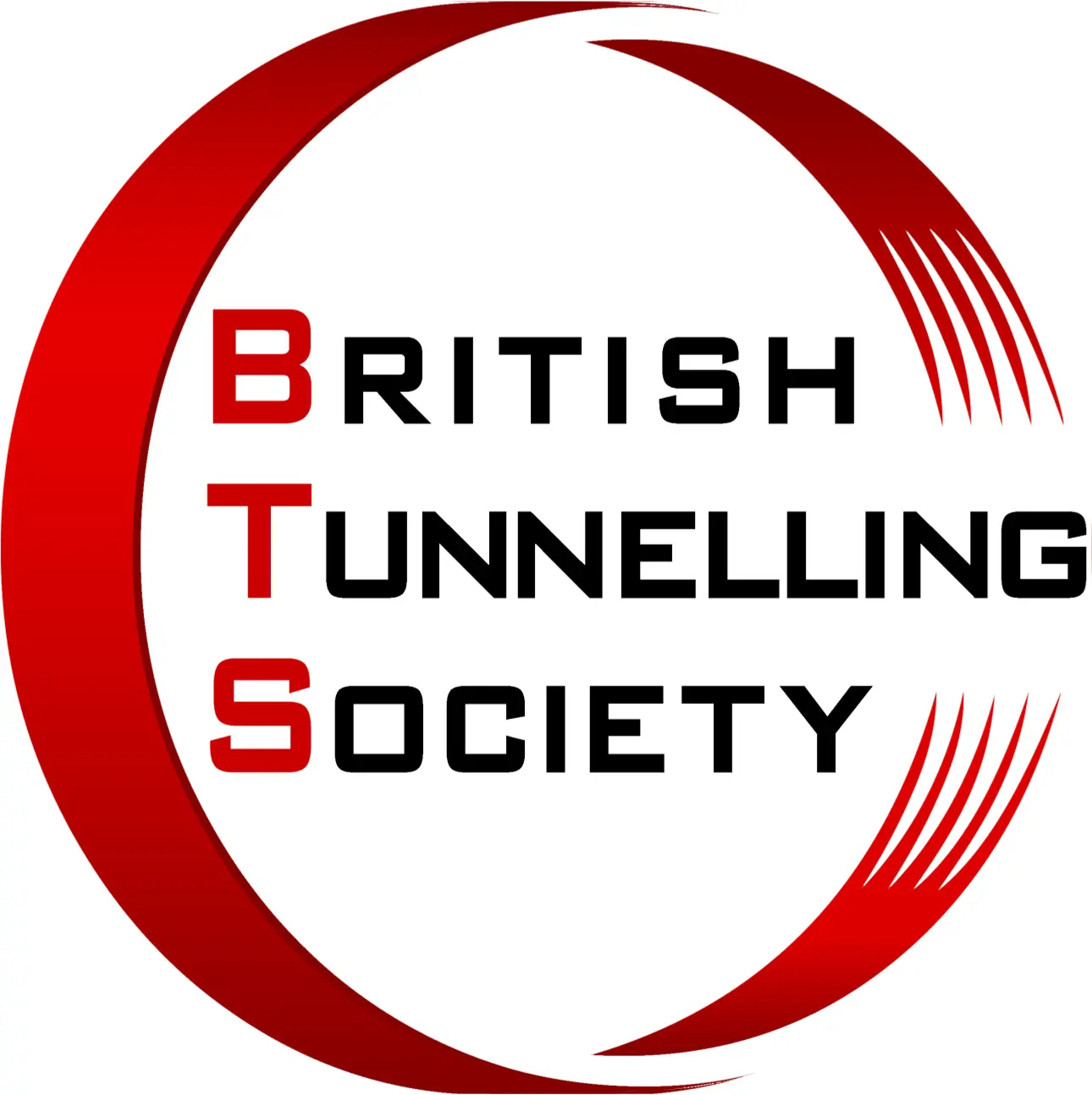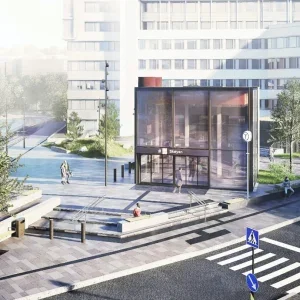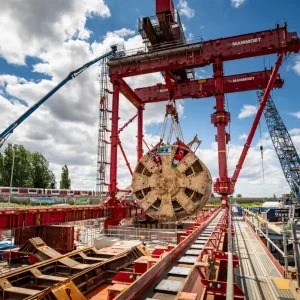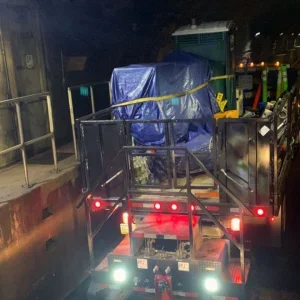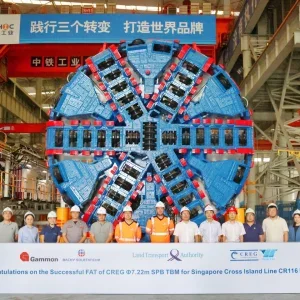Celebrations took place this spring as the ambitious Parbati Hydroelectric Project, Stage II, in India, marked completion of one of its inclined pressure shafts. The shaft was driven by TBM as opposed to the more typical drill and blast excavation usually used in the region for such works.
The project is located in the lesser Himalayan Zone on the Parbati River. It consists of an 85m high concrete dam and a 6m diameter, concrete lined headrace tunnel that stretches 31.5km to the surge shaft, which is 17m diameter and 130m deep. The water is carried from there by two 3.5m diameter pressure shafts that bifurcate into four 2.5m diameter penstocks, which feed the turbines in the power house.
The pressure shafts are 2,050m and 2,120m long, driven at a separation of 48m from the centrelines. Of this, 1,545m of the shafts are bored to 4.88m diameter, with a finished diameter of 3.5m, inclined at 30° to the horizontal. A Mitsubishi doubleshield TBM was chosen to excavate the inclined sections.
T&TI was told by MM Madan, executive director of client National Hydroelectric Power Corporation (NHPC), the Parbati project was the only project in India which has used a TBM for excavation of an inclined shaft.
The Mitsubishi doubleshield was equipped with 32 x 17” backloading cutters, with the cutterhead having 1500kW of installed power allowing a rotation of between 0 to 9rpm. The main thrust gave a stroke of 1,300mm, whilst the auxiliary thrust gave 2,200mm. Excavated material was transported by a through belt conveyor.
Excavation began on 19 April 2004. The best monthly progress was 232m in November last year, with a best day of 22m on 13 December 2005. Amongst the problems faced by the team were heavy floods on 4 July last year, which washed away two workshops housing spares and tools at the site. The floods resulted in work being suspended until 19 September last year.
